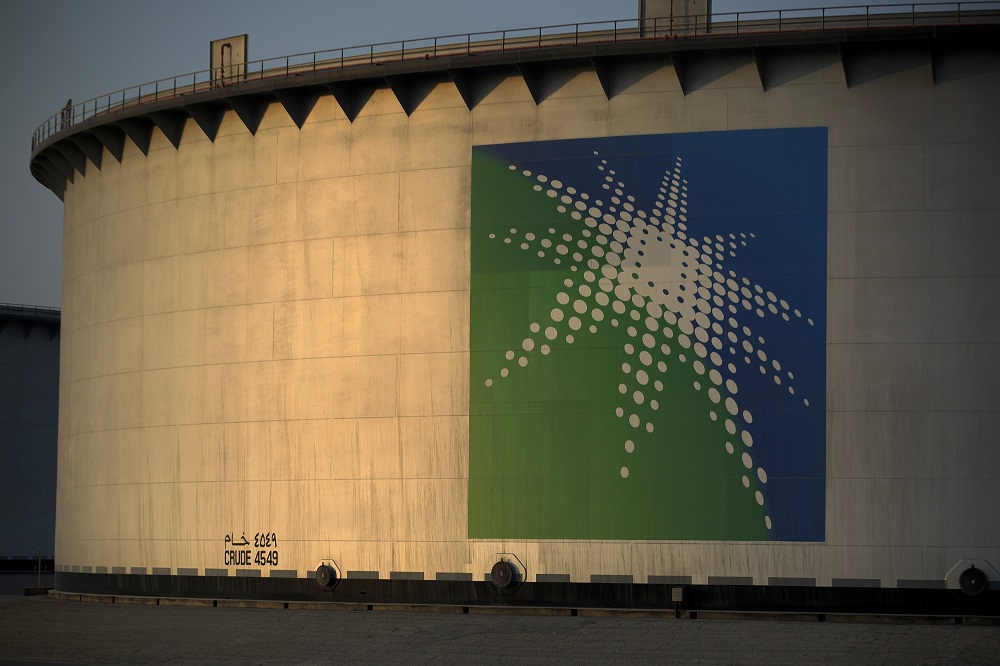International
U.S. Shale Cuts Production Deeper And Faster Than Expected
Published on : 2020-05-19

“I think the cuts are automatic if you are a believer in markets,” U.S. President Donald Trump said about potential American oil production cuts in early April while he was pushing Saudi Arabia and Russia to patch up the broken OPEC+ alliance and start new cuts to prop up oil prices that were decimating the U.S. shale patch. With the new OPEC+ deal done, Saudi Arabia is cutting oil production and export allocations for June to ‘stabilize’ the market--or perhaps better described, to save its faltering oil revenues and economy.
But the U.S. shale patch is reacting to the wellhead economics and is curtailing American oil production much faster and deeper than analysts initially thought.
So quick has been the pullback in U.S. output that American producers are now one of the biggest helpers of the OPEC+ coalition (to which they are not a party) to reduce global oil supply, according to Julian Lee, an oil strategist for Bloomberg.
Data from the U.S. Energy Information Administration (EIA) shows that U.S. production has been declining over the past two months. But EIA’s weekly data estimates also suggest that the production decline in the past few weeks has been much steeper, Lee argues.
Analysts expect U.S. shale to cut production deep in Q2 due to the low demand, high inventories, and low oil prices, and many of them expect deeper cuts than EIA’s estimates suggest.
The latest available weekly data from the EIA estimated production at 11.6 million bpd for the week ending on May 8. But the adjustment in the estimates, formerly known as Unaccounted-for Crude Oil, is at nearly -1 million bpd, the most negative adjustment factor for crude oil production ever. This, according to Bloomberg’s Lee, could mean that the EIA is either over-estimating U.S. production by 914,000 bpd for the week to May 8, or underestimating demand, or somewhere in between.
If the 914,000 bpd ‘unaccounted for’ crude oil is on the supply side, this suggests that U.S. crude oil production was not 11.6 million bpd in the week to May 8, but rather, a million bpd lower at around 10.6 million bpd.
Analysts and industry executives see more curtailments in the U.S. this quarter than the weekly EIA estimates suggest.
Shut-ins across the U.S. and Canada combined are somewhere between 3.5 million and 4.5 million barrels a day, Jeremy Goebel, Executive Vice President, Commercial, at Plains All American Pipeline said on the company’s earnings call in early May.
“It’s May, June potentially a July trough. We assumed June, July time period for trough and then some activity resumption in the August time period,” Goebel said.
Gross US cuts, including liquids, could be at least 2 million bpd in June, with Permian-focused producers driving 42 percent of the cuts, according to a Rystad Energy analysis from last week.
“Actual production cuts are probably larger and occur not only as a result of shut-ins, but also due to a natural decline from existing wells when new wells and drilling decline,” the energy research firm said.
“According to different sources and company announcements, U.S. producers – including oil majors – have so far cut production by at least 1.5 mb/d in 2Q20, which is likely to be achieved by shut-ins of higher-cost wells, partial reductions in output of selected wells and the deferral of ‘putting on production’ wells,’’ OPEC said in its Monthly Oil Market Report last week.
Rig count data suggests that drilling activity has ground to a halt. According to Baker Hughes data, the number of oil rigs decreased for the week to May 15 by 34 rigs, bringing the total to just 258—a 544-rig loss year over year. It is the fewest number of active oil rigs in play since mid-2009.
In North Dakota, for example, the active drilling rigs as of May 17 numbered just 13—five times lower than the 66 rigs operating on the same day a year ago, according to data from the North Dakota Department of Mineral Resources.
The deep production curtailments and the low oil prices mean that some smaller indebted U.S. shale producers will not survive this downturn, but those who do survive will become stronger.
Accelerated production cuts from the American oil patch in Q2 – voluntary, involuntary, economics-driven, or whatever we may call them – would speed up the market rebalancing and help the OPEC+ coalition in its mission to ‘stabilize the market,’ in other words, to lift oil prices.
Oil price.com







